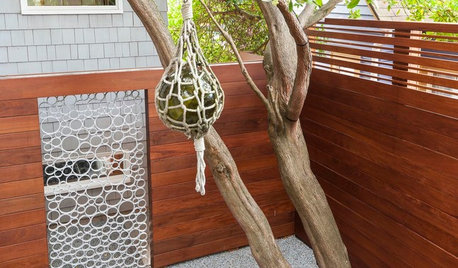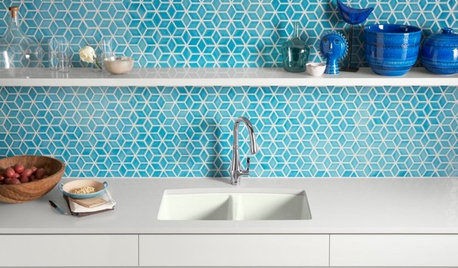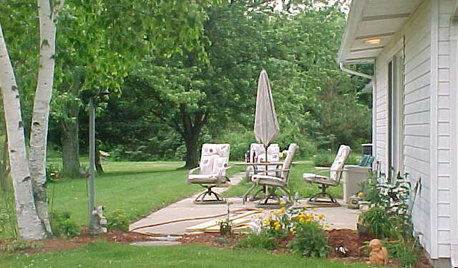Questions re concrete cast leaves.
Fleur
18 years ago
Featured Answer
Comments (25)
buckyforce
18 years agoFleur
18 years agoRelated Professionals
Carlisle Landscape Architects & Landscape Designers · Simpsonville Landscape Architects & Landscape Designers · South Orange Landscape Architects & Landscape Designers · Middletown Landscape Contractors · Biloxi Landscape Contractors · Fort Myers Landscape Contractors · Gurnee Landscape Contractors · La Vista Landscape Contractors · Lake Worth Landscape Contractors · Riverhead Landscape Contractors · Tamarac Landscape Contractors · Wilton Landscape Contractors · Markham Landscape Contractors · Sun Valley Landscape Contractors · Clearfield Landscape Contractorsbutterflybush
18 years agoJilly_W
18 years agoBelgianpup
18 years agotufaenough
18 years agoFleur
18 years agoBelgianpup
18 years agoRainsend
18 years agorickharmer
18 years agoLittleandLewis
18 years agomudwitch
18 years agogardenbrat53
18 years agoBelgianpup
18 years agoFleur
18 years agomudwitch
18 years agorcp1959
18 years agoDeenap
18 years agoBlooming_Stone
18 years agoFleur
18 years agoDena6355
18 years agoDawn Field
8 years agoMike Larkin
8 years agoDawn Field
8 years ago
Related Stories

GREEN BUILDINGConsidering Concrete Floors? 3 Green-Minded Questions to Ask
Learn what’s in your concrete and about sustainability to make a healthy choice for your home and the earth
Full Story
REMODELING GUIDESOriginal Home Details: What to Keep, What to Cast Off
Renovate an older home without regrets with this insight on the details worth preserving
Full Story
FENCES AND GATESA Designer Uses PVC Pipe to Cast a Modern Garden Gate
Landscape designer Scot Eckley walks us through the process of creating a custom aluminum ring gate
Full Story
REMODELING GUIDESConsidering a Fixer-Upper? 15 Questions to Ask First
Learn about the hidden costs and treasures of older homes to avoid budget surprises and accidentally tossing valuable features
Full Story
EXTERIORSCurb Appeal Feeling a Little Off? Some Questions to Consider
Color, scale, proportion, trim ... 14 things to think about if your exterior is bugging you
Full Story
KITCHEN DESIGNKitchen Sinks: Enameled Cast Iron for Attractive Durability
Strong, shiny and sustainable, an enameled cast iron sink can bring character to your kitchen
Full Story
GARDENING AND LANDSCAPINGEco-Friendly Fire Pits: Casting Backyard Campfires in a New Light
Wood burning may be discouraged — even illegal in places — but that needn't mean forsaking the fire pit. Try one of these alternatives
Full Story

LIGHTING5 Questions to Ask for the Best Room Lighting
Get your overhead, task and accent lighting right for decorative beauty, less eyestrain and a focus exactly where you want
Full Story
REMODELING GUIDESInterior Brick: Paint it or Leave It?
Here's how to know if covering that brick is a sin or solution
Full StorySponsored






rr2carrier